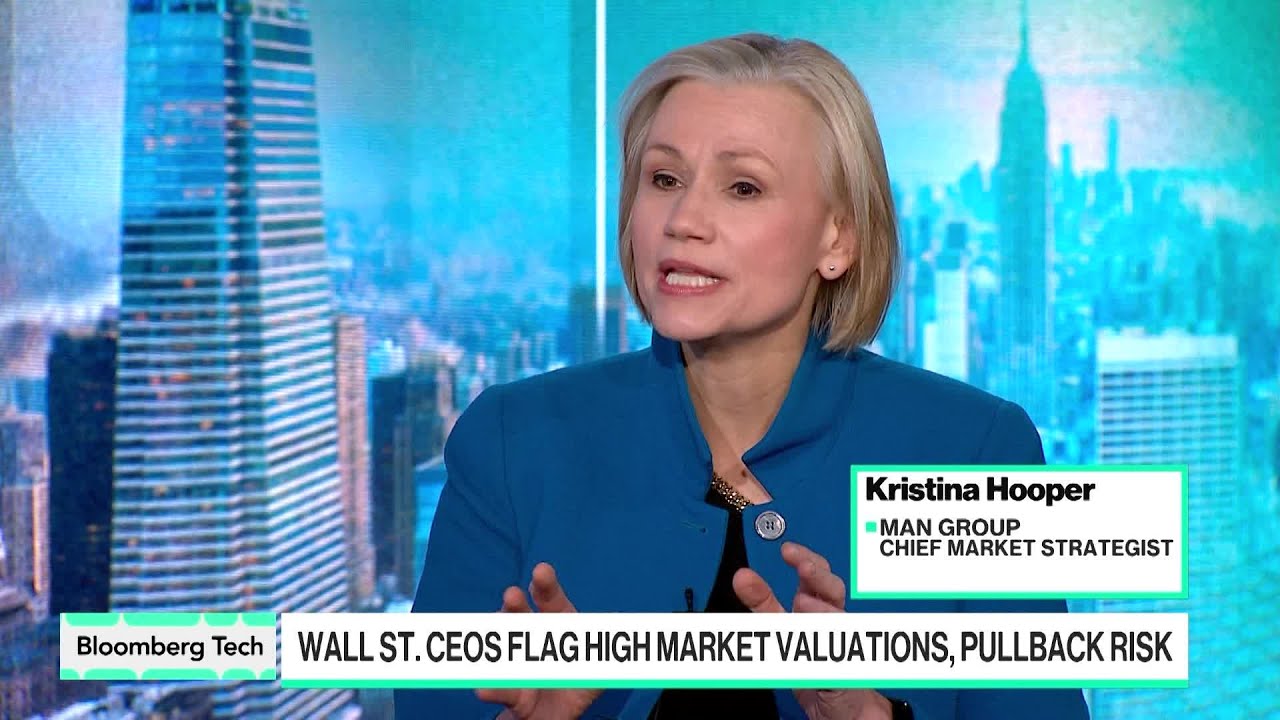The discussion highlights skepticism around the sustainability of high AI valuations, citing supply constraints, limited productivity gains, and local opposition as key challenges, while drawing parallels to the late 1990s dot-com bubble. It also emphasizes broader economic concerns like consumer weakness and market sensitivity, advising cautious investment strategies including diversification into markets like China’s AI sector.
The discussion begins by highlighting Palantir as a prime example of a company whose strong fundamentals justify its high valuation amidst the current enthusiasm for AI-related stocks. However, there is skepticism about whether this excitement can be sustained, especially given the potential for a broader equity market pullback. The conversation draws parallels to the late 1990s dot-com boom, where exuberance around internet companies led to inflated valuations, suggesting that a similar dynamic might be unfolding with AI companies today.
Several significant obstacles could hinder the continued capital expenditure (CapEx) boom in AI. One major concern is the availability of rare earth elements, which are crucial for AI hardware, and although recent deals have been made, supply constraints remain a risk. Additionally, there are doubts about the actual productivity gains companies will realize from AI investments, as highlighted by an MIT report suggesting these gains may be limited. Furthermore, local opposition to AI infrastructure, such as data centers, due to rising electricity costs and community resistance, could slow down expansion efforts.
The conversation also touches on the valuation risks associated with AI investments. While there is a massive influx of capital and enthusiasm reminiscent of the late 1990s, investors are urged to be cautious and consider diversification strategies. One suggested approach is to gain exposure to the Chinese AI market, which is developing differently due to geopolitical factors and limited access to US technology like Nvidia chips. The Chinese market is seen as being in earlier stages with potentially lower valuations and a longer growth runway.
Beyond AI, there are broader economic warning signs, particularly consumer weakness among lower and middle-income groups. This is evidenced by reduced visit frequency to establishments like Chipotle and increasing white-collar layoffs, which could dampen spending in these segments. While higher-income consumers have so far maintained robust spending, their sensitivity to stock market fluctuations poses a risk, especially if a market sell-off occurs, potentially impacting overall economic health.
Looking ahead to the holiday quarter, there is cautious optimism driven by higher-income consumers who are expected to continue spending, as indicated by Apple’s revenue guidance. However, concerns remain about vulnerabilities in the economy, particularly with potential increases in layoffs and the sensitivity of affluent consumers to market volatility. Overall, the discussion underscores the need for careful consideration of both the opportunities and risks in AI investments and the broader economic landscape.
